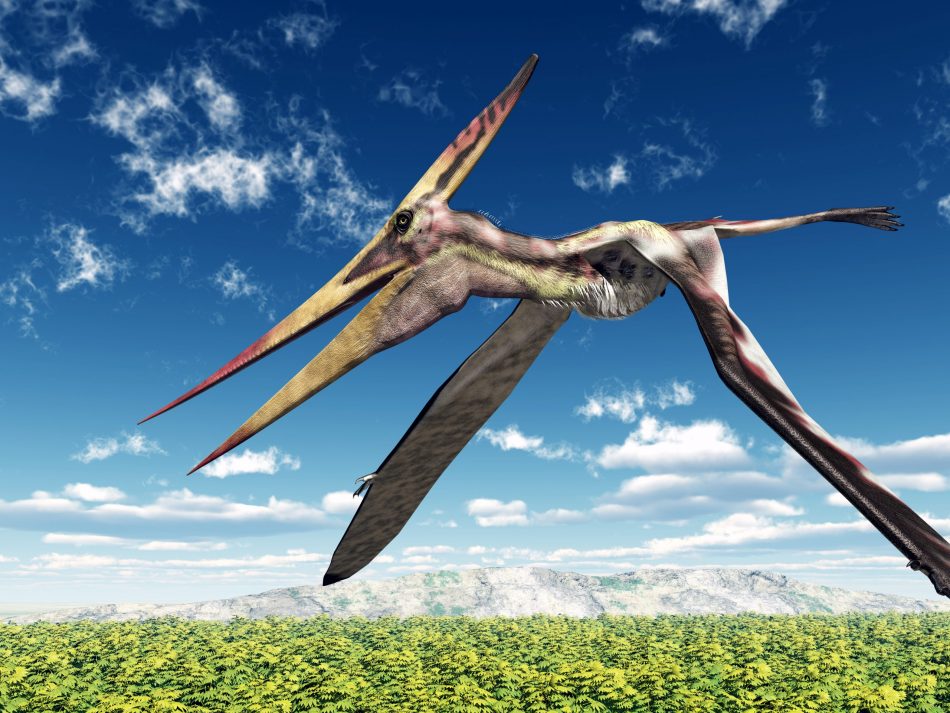Dinosaurs pervade the human imagination. More than that, their fossils give us an understanding of our planet and life’s early history. A recently discovered fossil of thescelosaurus neglectus gave paleontologists a look into dinosaurs’ last moments before the asteroid struck, the fossil having been dated to that moment.
Now, paleontologists in Chile have unearthed a trove of fossils they are certain belong to a group of ancient flying reptiles called pterosaurs.
A nest of fossils
Pterosaurs were flying contemporaries of the dinosaurs, some of the largest of which had a wingspan of over 30 feet. A team of researchers and paleontologists in Chile, led by Jhonatan Alarcón, were looking for these airborne dinosaurs for years and came up with nothing until the recent find.
They finally discovered not just one but a whole cemetery of pterosaur fossils, which means all the more data for the team to research.
“This has global relevance because these types of findings are relatively rare,” Alarcón said. “Almost everywhere in the world, the pterosaur remains that are found are isolated.”
The abundance of fossils also increases the chances of better-preserved pieces, which the team also discovered.
“Most pterosaur bones that are found are flattened, broken,” said David Rubilar, head of paleontology at Chile’s Museum of National History, to the Guardian. “Nevertheless we were able to recover preserved three-dimensional bones from this site.”
More fossils, more to learn about the past
The discovery of this cemetery, this abundance of pterosaurs, gives paleontologists an opportunity to learn about the behaviors of these flying dinosaurs and paint a better picture of their lives 100 million years ago.
“We could determine how groups of these animals were composed, if they raised their babies or not,” said Alarcón to the Guardian.
Learning about the pterosaur behavior, scientists could even learn about what their environment may have been like in their lifetime, furthering our understanding of our planet’s past.











